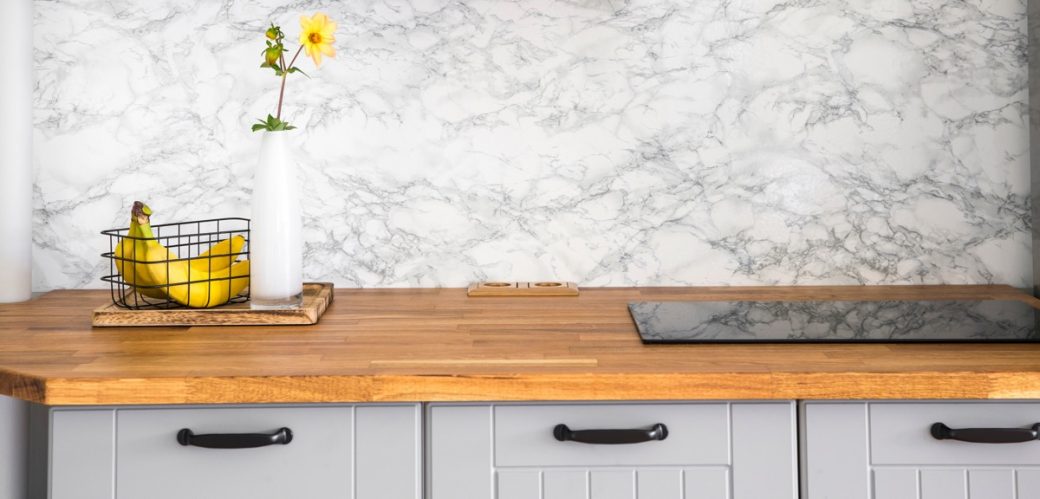Over time, your garage door can develop a variety of minor problems that require only a little bit of DIY repair to resolve. You may notice chipped or fading paint, dents in the panels from impact damage, or even cracks in the frame. In most cases, these issues do not affect the function of your garage door but can be cosmetically unattractive.
Keeping up with regular maintenance will help keep your garage door repair in good working order and help avoid these problems in the future. Inspect your rollers, tracks and hinges regularly to look for dirt or other debris that can make opening and closing the garage door difficult. Wiping these parts down with a cloth or using a power washer can usually keep them functioning smoothly. Adding a garage door lubricant can also reduce the amount of friction on moving parts and cut down on wear and tear.
A major problem that can cause the garage door to stop functioning is if the torsion springs break. These springs do the heavy lifting of your garage door, so when they aren’t in good condition, it can put immense strain on the entire system. If you notice a crooked or sagging garage door, this could be a sign of broken springs. Replacing these springs is an easy fix and can save you the cost of a new garage door.
Other possible reasons your garage door may not be functioning include a faulty remote or transmitter. This can be an easily remedied issue by replacing the batteries. If the issue persists, it’s possible that you and your neighbor are using the same frequency on your remote. This can also be an easy fix, but you’ll want to consult a professional to change the frequency on your garage door transmitter.
Another common garage door problem is the drooping or sagging of the doors. This can be a result of aging, but also in many cases, is caused by an imbalance between the tension of the extension and torsion springs. You can try to correct this by adjusting the spring tension, but this is best done by a trained garage door technician.
The other thing you can do to help remedy a sagging garage door is to adjust the track brackets. This is a simple process that requires disconnecting the opener and raising or lowering the door manually to find the adjustment bolts for each track. Loosen the bolts, then turn one of them clockwise and the other counterclockwise to increase or decrease the amount of tension on each side of the door. You’ll need to do this on both sides of the garage door to even out the tension and prevent the sagging. Be careful, however, not to over tighten, as this could damage your opener or the springs.

